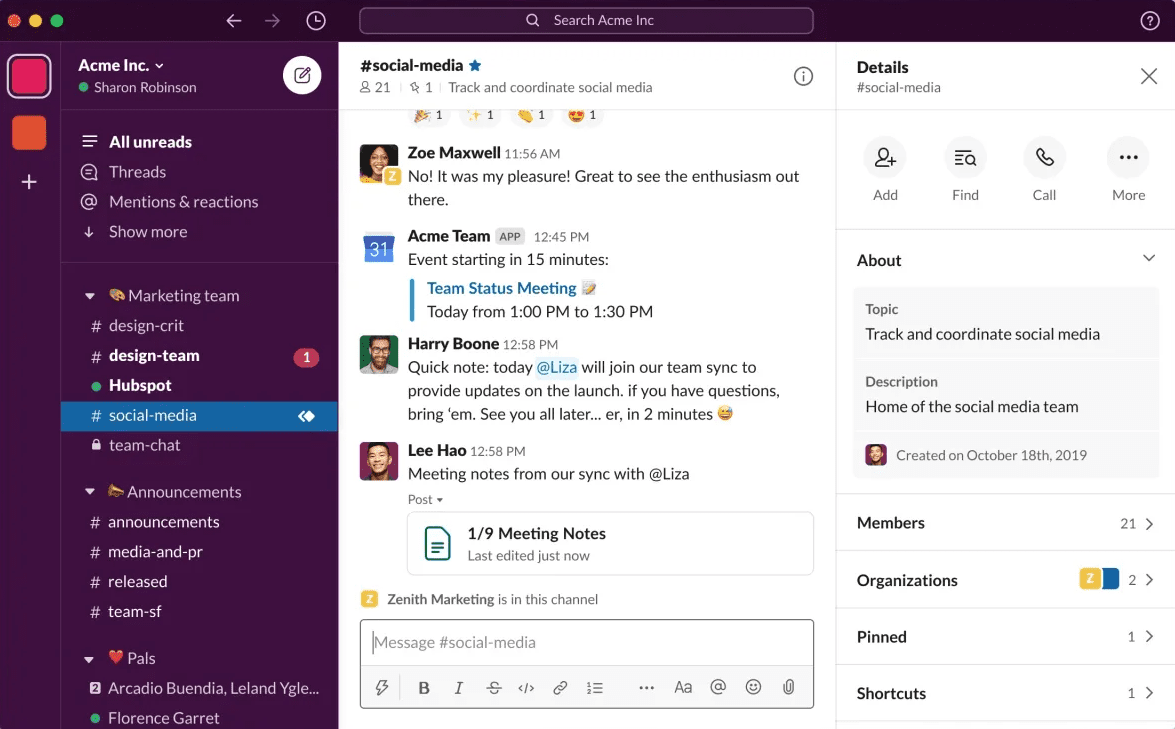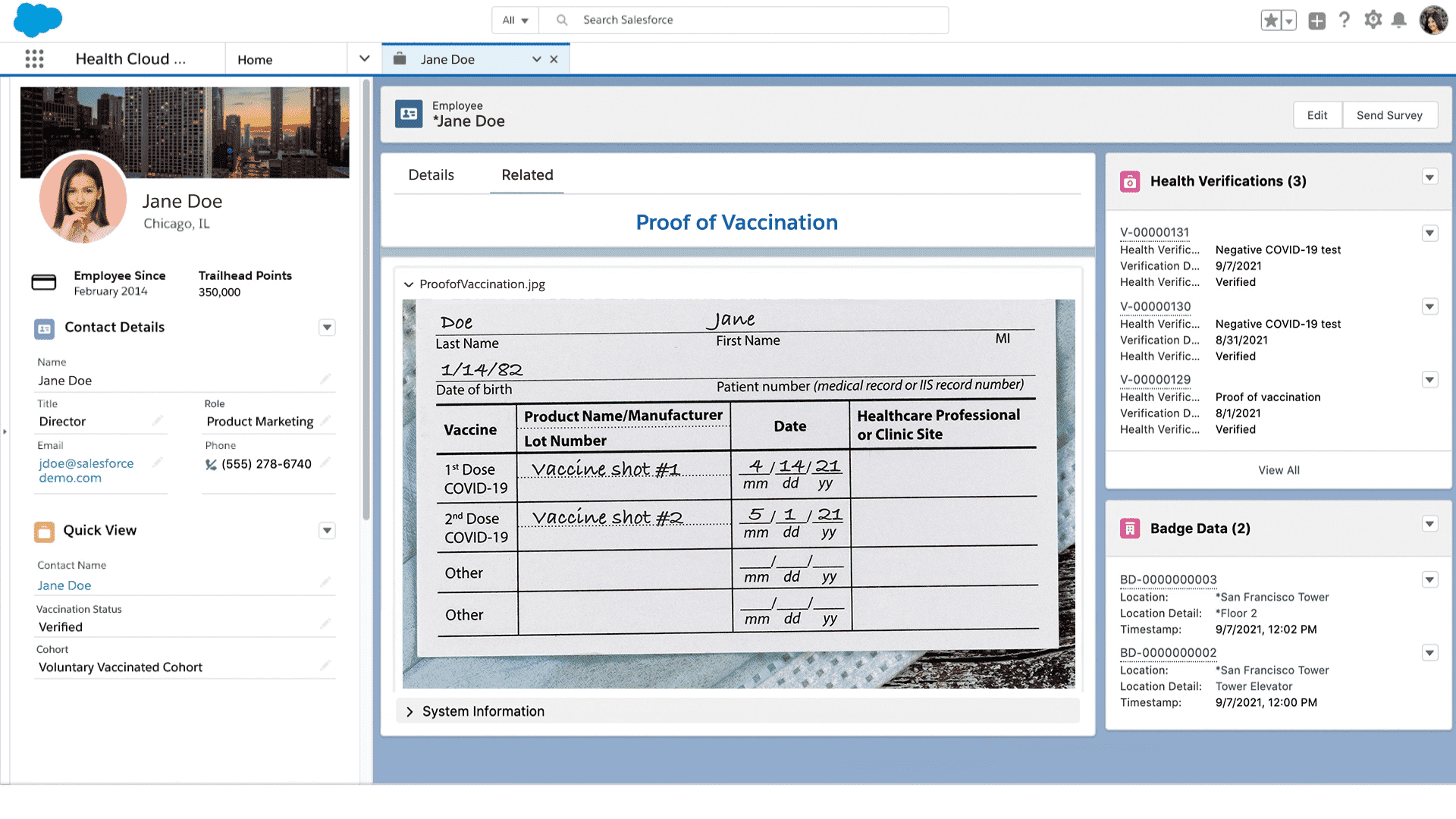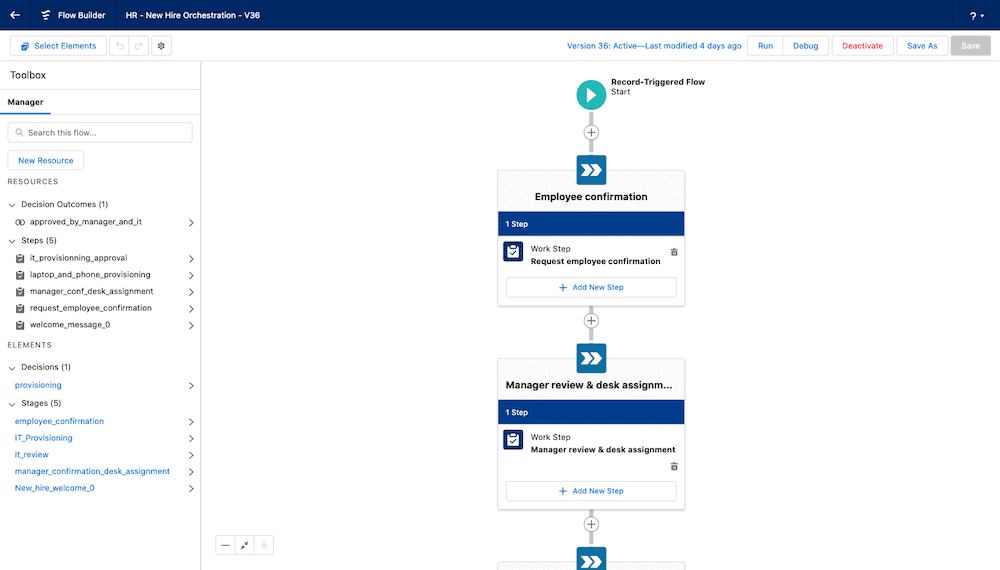If you’re one of the many companies around the world acclimating to a new digital-first, work-from-anywhere landscape, then you know firsthand the challenges of managing systems and facilitating collaboration outside of the traditional office environment.
After the past two years, it is impossible to deny the power and adaptability of the Salesforce platform, which has become an invaluable resource for businesses as they grow to meet the changing demands of their customers and employees.
Salesforce technology continues to evolve in new ways for 2022 and beyond. The year’s big themes? Collaboration, orchestration, and automation. Salesforce already released some exciting new tools designed to help teams work more efficiently — so here’s what to expect for 2022:
The top 4 Salesforce innovations for 2022
Salesforce is more robust than ever, and this year’s Dreamforce events spotlighted what the company is most excited about for 2022. Today we’re breaking down the four things shaping the Salesforce ecosystem moving forward, and the ways that these innovations can help your organization succeed.
1. Slack-First Customer 360
It’s no surprise that Slack is one of Salesforce’s top priorities in 2020 after their acquisition earlier this year.
With 9 out of 10 companies planning to combine remote and onsite work in the future, they need technology to help them navigate a hybrid work environment. Slack-First Customer 360 is the answer, with Slack as the hub that empowers everyone in an organization to communicate, collaborate, and take action on information from across Salesforce and all the other business apps, systems, and partners they use from within Slack.
With these new Slack and Salesforce integrations, every department — such as sales, service, and marketing — can collaborate in channels that unite teams and streamline workflows built around a single, shared view of the customer. Automate routine business processes in Slack to make work simple, productive, flexible, and pleasant. And with Slack Connect, companies can now work securely with external partners, vendors, and customers, driving stronger relationships and faster results.
Slack puts the customer at the center of the support experience with its case swarming capabilities, designed to ensure customers only deal with one owner for each case. That owner has quick access to the expertise they need to resolve each issue quickly, splitting the load of a customer’s complex problems across the organization.
Looking at it from a healthcare perspective, say you have a patient or a member with a severe, complex case. AI picks that up, says this might be an issue, and immediately creates a swarm team in a Slack channel, providing context on what the next action should be. You don’t have to log in to Salesforce, and you’re not limited by cues in the console. Any time the system detects a potential upcoming issue, it can trigger a case that specialists can then swarm on and resolve quickly.
2. Health Cloud 2.0
Over the course of the COVID-19 pandemic, Salesforce Health Cloud evolved to become a HR workforce management solution in addition to its traditional industry applications. The new Health Cloud 2.0 is designed to get companies ready for a post-COVID-19 world, with enhanced features for vaccine management, contact tracing, and wellness assessments.
Salesforce doesn’t just talk the talk, they walk the walk. Their Dreamforce 2021 events used Health Cloud 2.0 to ensure the safety of everyone involved and in the surrounding community with the Dreampass, which enables COVID-19 safety protocols for in-person attendees. It manages proof of vaccination, integrates with testing vendors, and delivers automated personalized communications. The success of Dreampass’s initial implementation shows its value for keeping people safe at in-person gatherings.
Health Cloud 2.0 also enables healthcare organizations to deliver value-based care from anywhere with personalized patient experiences and hybrid healthcare experiences. It helps bring care teams together to achieve better patient outcomes, which improves business productivity and public health operations.
3. Flow Orchestrator
Workflow requirements are increasingly complex — processes that used to be simple now span multiple users or departments. As teams become more distributed, there’s more potential for costly gaps to emerge, which can lead to lost revenue, lower customer satisfaction, and reduced productivity.
That’s why Salesforce created Flow Orchestrator, empowering admins to quickly configure, deploy, and maintain sophisticated and seamless automated business processes with clicks, not code. Flow Orchestrator automates and optimizes user experiences, introducing two new features to amplify the impact of your new and existing flows:
- Steps define which flow(s) you’d like to execute, along with individuals who are assigned to the step, the notifications they receive, and where the flow should appear. Steps can be assigned sequentially or in parallel for maximum flexibility.
- Stages group steps together and are executed sequentially. They can be separated by a Decision element to support complex logic.
Embedding orchestrations directly in your record pages gives users valuable context, including current progress and any previous actions that have been taken. By monitoring and streamlining flows, admins can identify bottlenecks and opportunities as they track performance.
4. Hyperforce
Hyperforce gives companies around the world the ability to harness the power of the public cloud. This new next-generation infrastructure architecture leverages public cloud partners to help businesses expand quickly and meet local data storage requirements by using common tools, software development processes, deployment patterns, and security practices.
Organizations can store data in a specific region to support regulations and compliance needs specific to their business or industry. Regional cloud infrastructures facilitate faster in-country performance and shorter routes between end users and data centers, which improves the user experience.
Salesforce can scale more quickly with the flexibility and additional efficiencies of a public cloud, and Hyperforce significantly reduces implementation times by allowing resources to be deployed in the public cloud quickly and easily. What used to take months now takes weeks, even days.
The initial roll out of Hyperforce is currently in progress. It is currently available in India and Australia for Salesforce Core Services, and Salesforce CDP is live on Hyperforce in the US and Germany. Salesforce aims to have Hyperforce live in 16 countries by the end of 2022, so expect to see more announcements about this over the next few months.
Take advantage of new Salesforce features with the experts at Silverline
Silverline is here to make sure you get the most out of your Salesforce investment, whether you’re just starting to think about implementation or want to enhance your existing platform with the latest features. Want to learn more about how these new tools can benefit your organization? Reach out to the Silverline team today.







